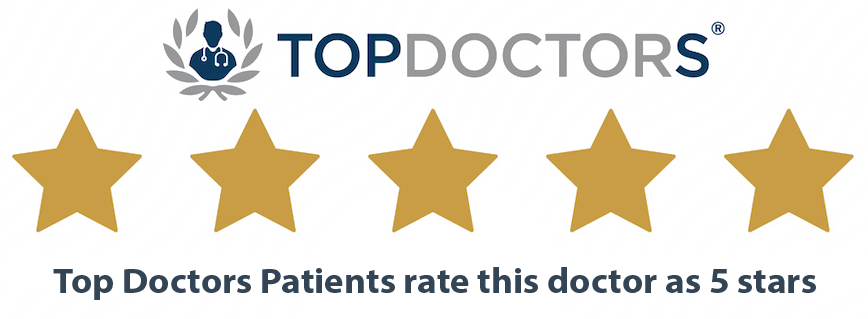Enjoy life changing vision in 15 minutes!
What is Advanced Surface Ablation?
Advanced surface ablation (ASA), a variant of LASEK, can eliminate the need for glasses or contact lenses by correcting short-sightedness (myopia), long-sightedness (hypermetropia) and astigmatism.
The visual recovery following ASA is slightly slower than with LASIK or SMILE; it is therefore carried out when LASIK or SMILE are not indicated, such as in thin corneas or corneas with a medical condition such as keratoconus and prior scarring.
What are the benefits of Advanced Surface Ablation?
-
An active lifestyle without the hassle of glasses or contact lenses
-
Spectacle independence
-
No contact lens risks
-
It can be applied to the correction of complex and irregular refractive prescriptions
-
It can be combined with collagen cross-linking if you have keratoconus
Consultant Ophthalmic Surgeon
Cataract, Lens replacement and Laser Eye Surgery
Aris is a consultant eye surgeon at University Hospital Southampton NHS Foundation Trust. He runs private clinics at the Wessex Nuffield Health hospital (Chandlers Ford), Southampton Spire Healthcare hospital and Boots Opticians (Lymington, New Forest).
Read moreWhy have surgery with Aris?
Aris is an experienced UK trained consultant eye surgeon, having performed thousands of operations.
He provides personalised care with a broad range of vision correction procedures, including cataract surgery, lens replacement and laser eye surgery, including LASIK and PRESBYOND blended vision. This allows him to recommend the treatment most appropriate to your eyes and lifestyle needs.
Aris provides his care and surgery within the safety, friendly atmosphere, comfort of private rooms and guaranteed aftercare of traditional private hospitals – the Nuffield Health and Spire Healthcare hospitals.
Advanced Surface Ablation FAQs
A slight pressure feeling may be noticed during the procedure but no pain. Your eyes will be slightly gritty and sensitive to light for the first day or two.
Permanent serious loss of vision following laser vision correction is extremely rare, as the procedure is not carried out inside the eye but on the outside.
Poor vision may be caused if an infection were to develop following the procedure; the risk of this occurring is approximately 1 in 10000. In the worst likely scenario, a form of corneal transplantation may be required to replace a damaged block of tissue in the cornea, restoring vision usually to driving standards. Problems that can lead to the need for transplantation include scarring after infection or an abnormal healing response, and an unstable corneal shape, also called corneal ectasia. These problems occur infrequently, and can often be corrected without transplant surgery.
For patients with a healthy eye surface prior to the procedure, lasting dry eye symptoms are unusual. Dry eye symptoms and intermittent blurring (variable vision) can be caused by reduced stability of the tear film between blinks.
Tear film stability and dry eye symptoms improve over the first two to three months after the procedure. During this period, most patients require the use of frequent tear supplements. Contact lens wearers usually experience an improvement in dry eye symptoms compared to before the procedure!
SMILE has a faster recovery compared to other laser vision correction procedures.
The effects of laser vision correction on the cornea and your vision are permanent. However, in your fifth decade of life and later the natural lens inside your eye undergoes changes that may change your prescription and need for reading glasses.
In partnership with …



